Watching Niclas Lindberg, an ice-driving specialist, fluently testing adhesion in a Volvo EX30 is enough to mesmerise even an advanced motorist, let alone this humble writer on his first trip to Lulea, about 750 miles north of Gothenburg in Swedish Lapland.
This is where Volvo has been testing, close to the Arctic Circle, since the 1960s. Right now, they’re evaluating the EX30 and rebadged EX40 (née XC40 Recharge).
Both cars have been subject to untold mileage (the exact amount is hard to compute, because testing takes place over several years, with many vehicles involved) across various maturity levels, from early prototypes to final production cars.
Drivers, with various levels of experience, test the cars in ambient temperatures of between -40deg C and +60deg C. Systems and components must guarantee thousands of different functions with very specific requirements.
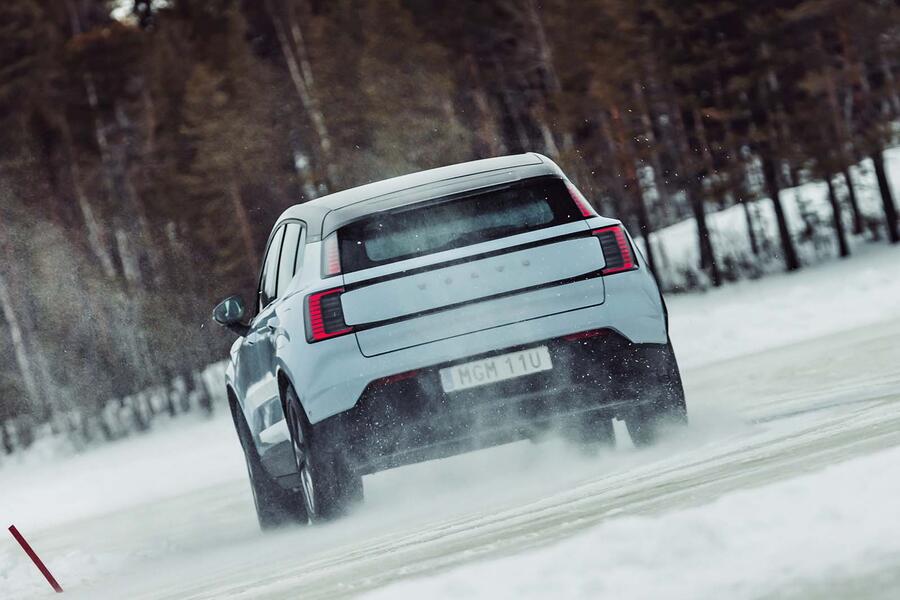
Volvo’s senior safety technical leader, Mikael Ljung Aust, has a background in cognitive science and is a driver behaviour expert. His research looks at the contributing factors to crashes, and ultimately he tries to mitigate them.
He says: “Winter testing is simple enough. It tests how a car behaves, in a very robust way. It tests how a car behaves in extremes and, importantly, how it interacts with drivers.
“Ultimately, from a safety testing perspective, there are a lot of questions that need answering. What if it’s a rainy day and there is ice on the road? How do the electronic systems behave in the cold? What about the external sensors? What about the internal ones? How does the battery last in the cold?
“And sure, we could try and do it in some kind of hermetically sealed test environment. But nature is free!”
Volvo’s attention to detail means travelling far from home to understand and address an issue. Ljung Aust continues: “We’ve gone as far as sending engineers to America to test an edge case for our autonomous software systems. There was this bridge that set off the autonomous emergency braking – not just for Volvo – and we figured out the sensors were confusing the layout of the bridge with the rear of a truck. Using real-world data and learning from it, you see.”


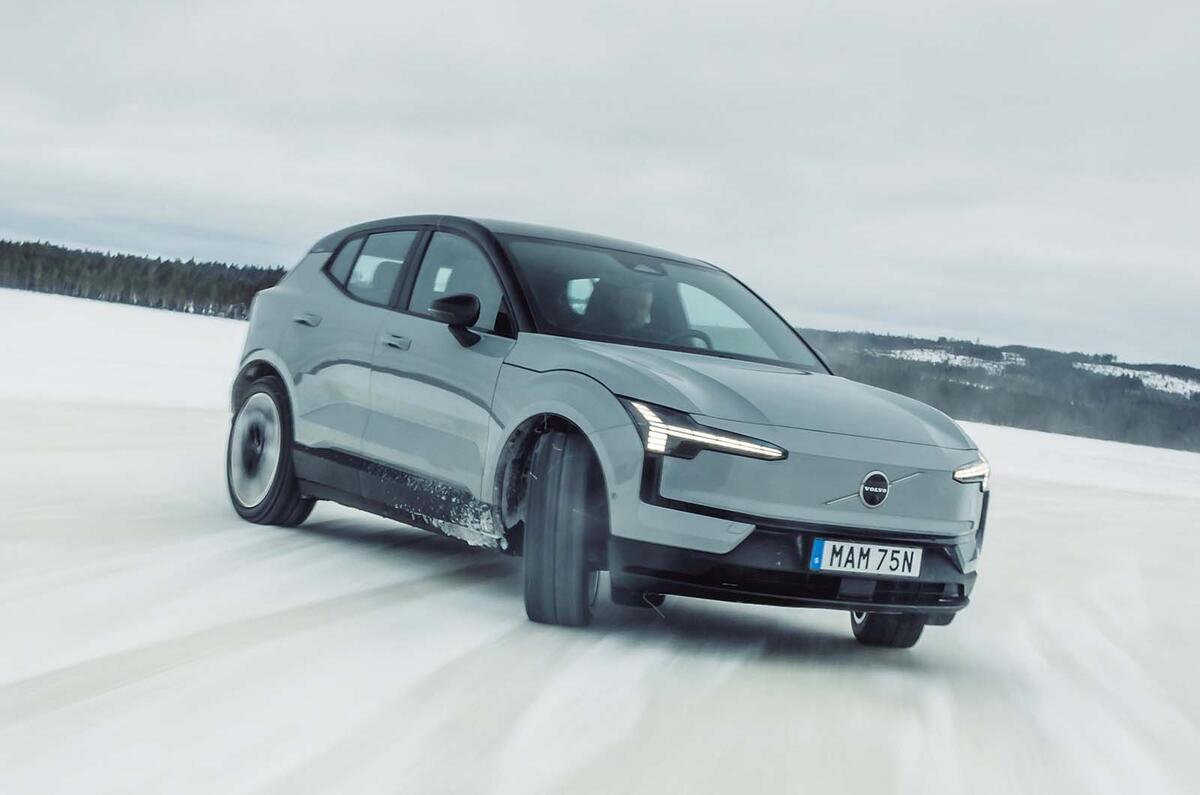
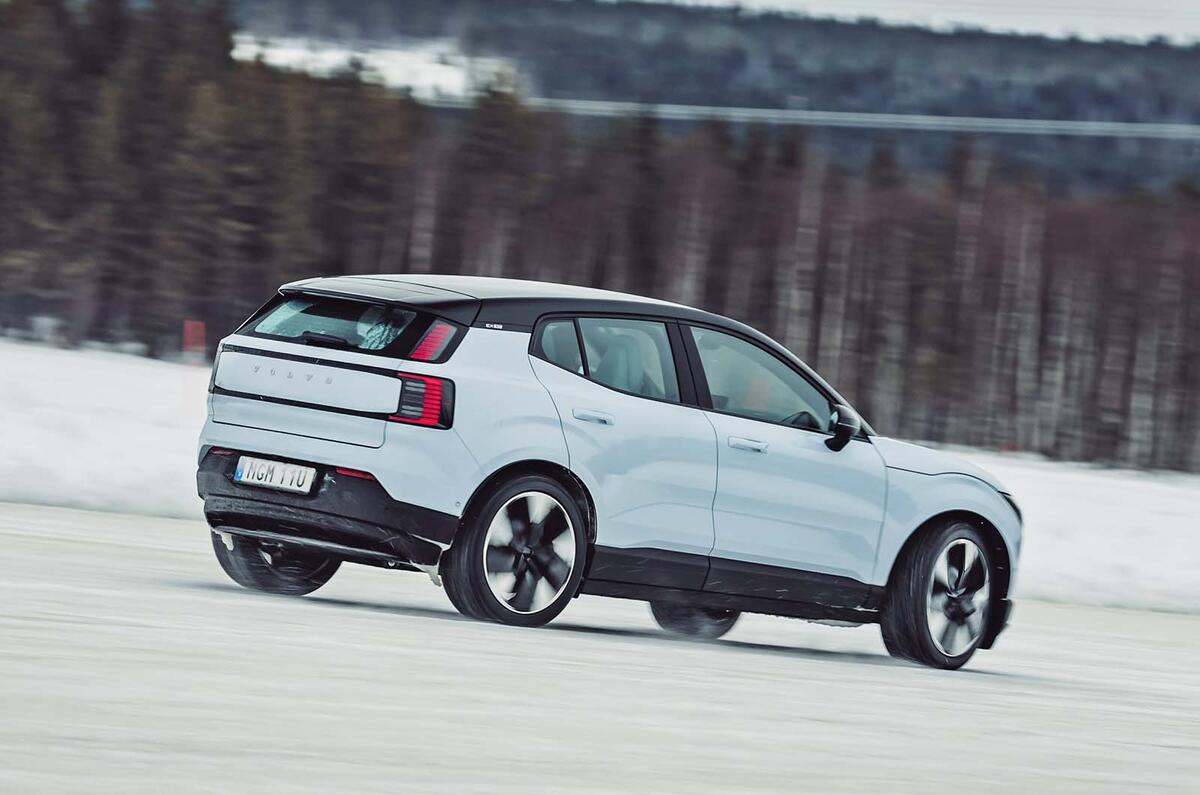
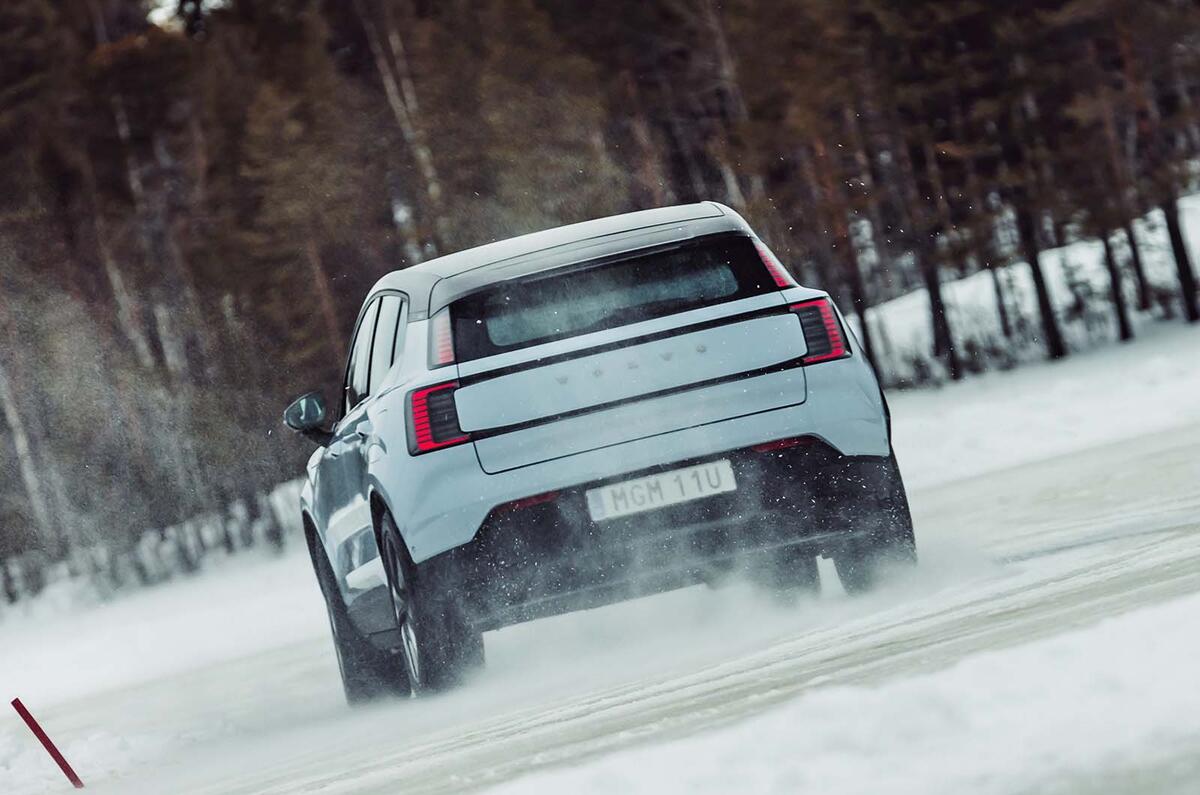










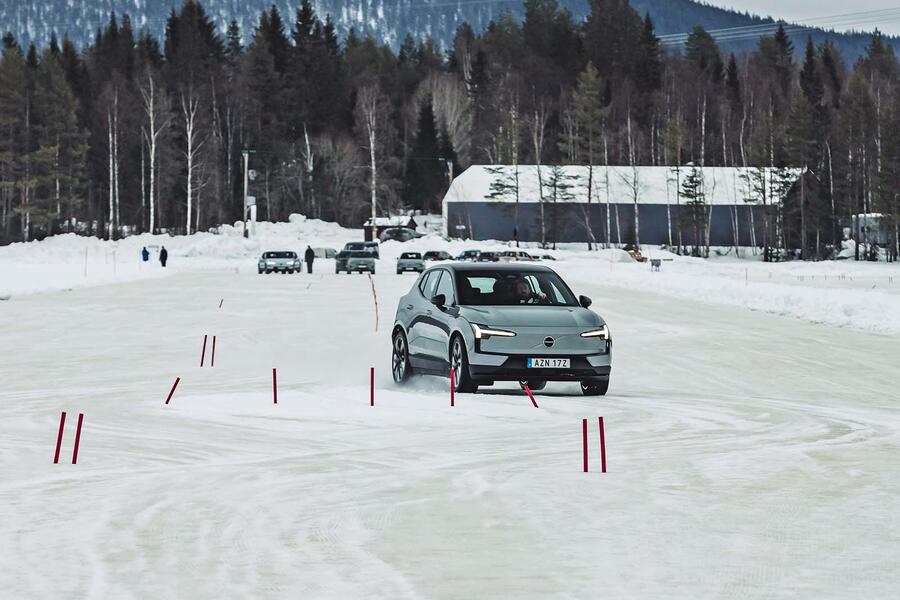
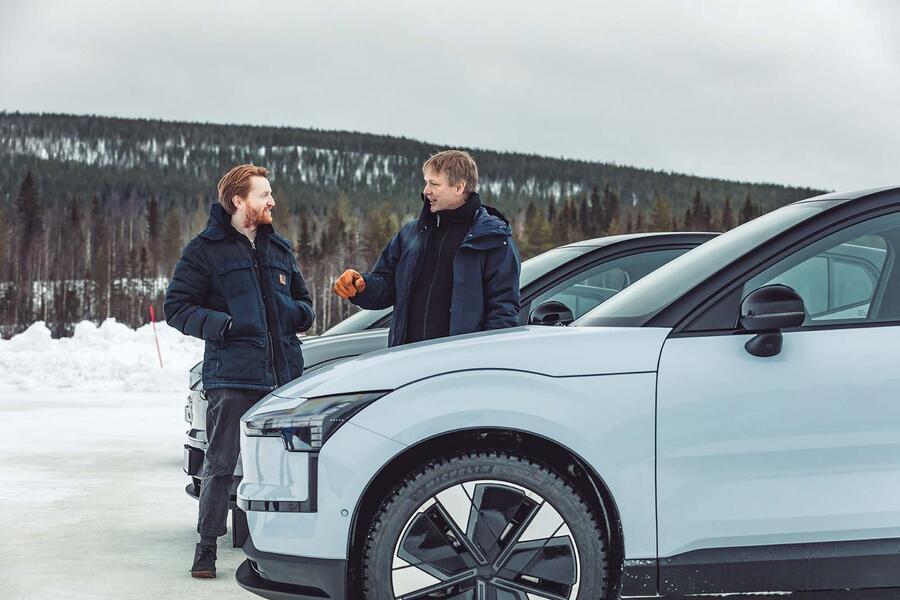
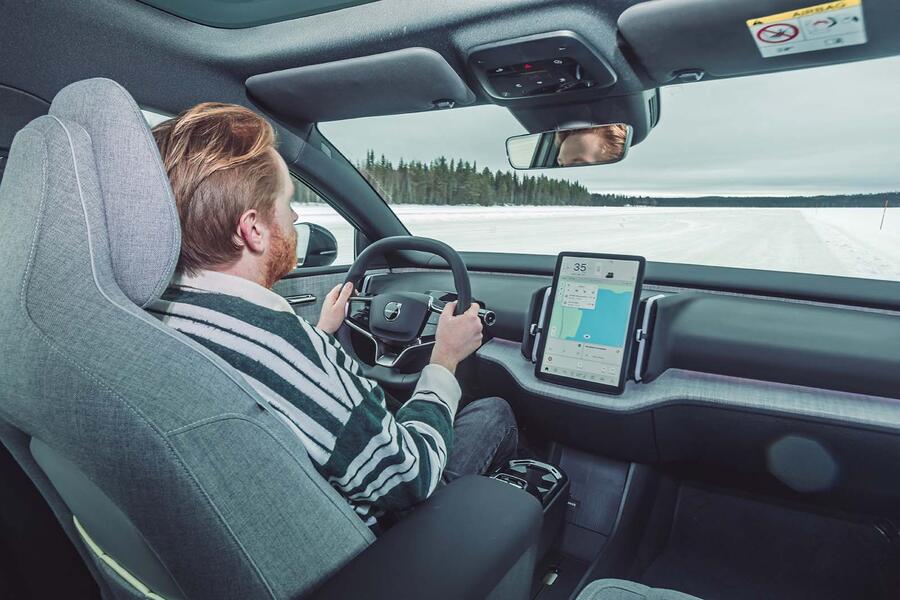
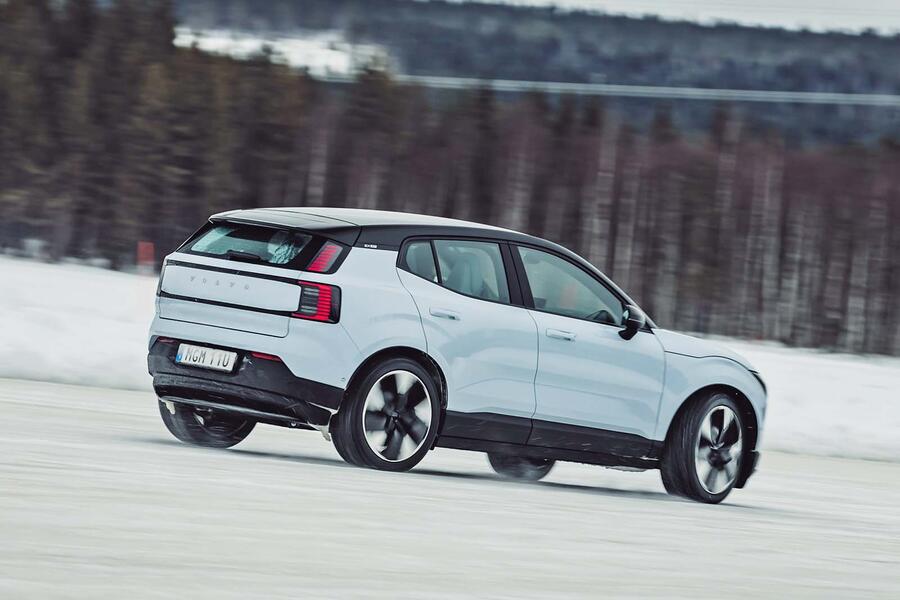





Join the debate
Add your comment
Shame it's electric. Volvo, although they're basically a Chinese company now, are taking a huge risk by going all electric so early, especially as sales decline and private buyers are more sceptical than ever.
Whatever happened to GM's cold-climate research facilty in Kapsukasing, ON Canada? You know, somewhere where it gets properly cold (-45C regularly). Not the practically tropical locations mentioned here